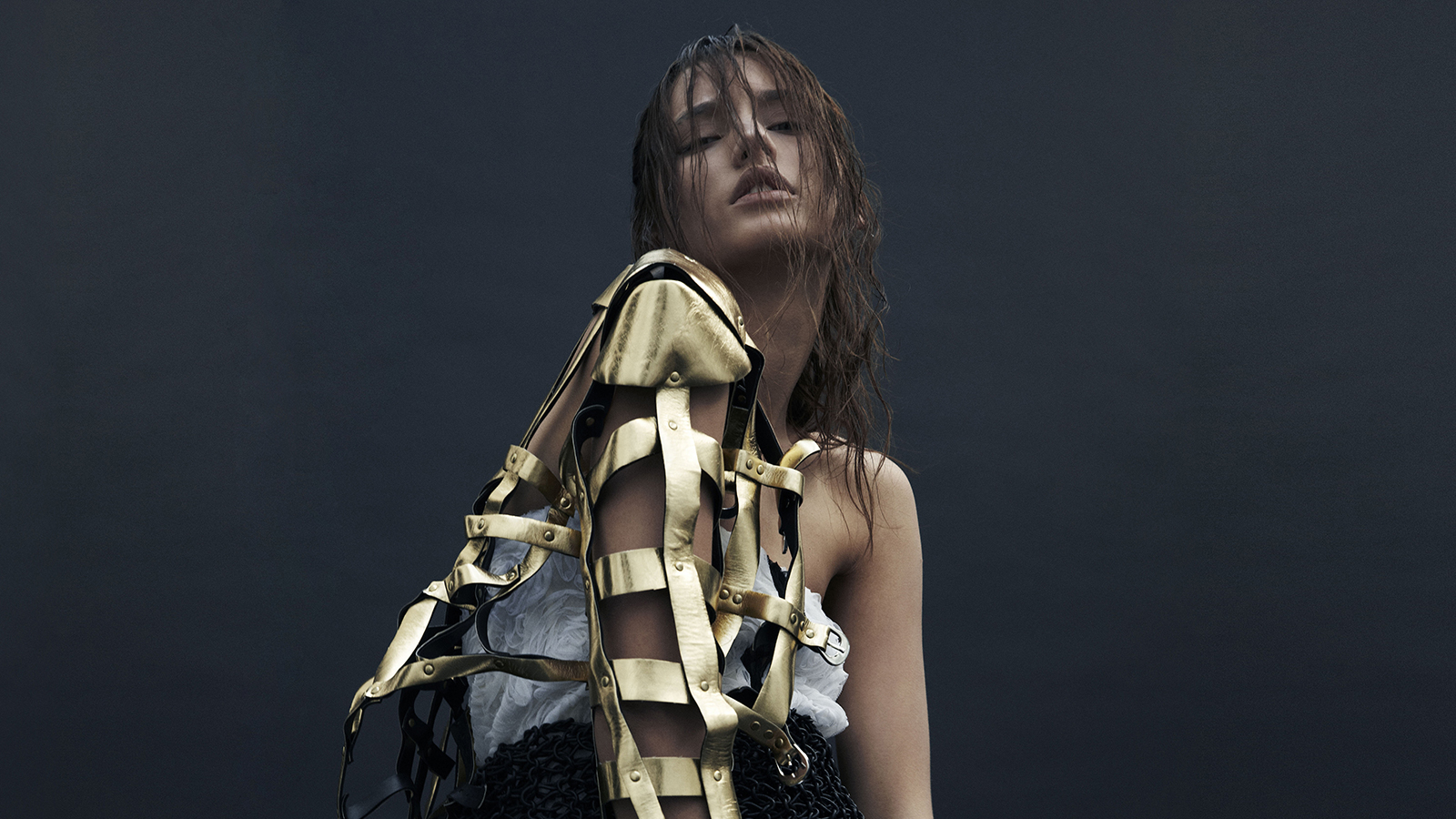
Expert Insights: Fabio Novembre
Fabio Novembre was born in Lecce in 1966. In 1984 he moved to Milan where he graduated in Architecture at Politecnico. In 1992 he lived in New York where he attended a Cinema course at the New York University. During his american stay he met Anna Molinari and, for her, he realized his first interior project: “Anna Molinari Blumarine” shop in Hong Kong. In the same year he opened his studio in Milan.
He currently collaborates with leading design companies such as Driade, Cappellini, Venini, Meritalia and Kartell, and develops showrooms, boutiques and interiors for international companies such as Lavazza, Blumarine and Stuart Weitzman.
Can you tell us the beginning of your career?
After graduating in Architecture in Milan I moved to New York City to study Film Directing. In New York I was as lucky as to meet Anna Molinari. At that time I used to live in the Lower East Side, spending time with definitely assorted and stimulating friendships, from film director Jim Jarmusch to gallerist Holly Solomon (for whom I used to work as a handyman). Anna could not judge me from my expertise since I had no experience as an architect, but the surroundings were already feeding my creative potential. So, being both quite reckless, Anna entitled me of designing the first Blumarine store in Hong Kong. The rest is renown ...
During Istituto Marangoni I’M Alumni Global Reunion, held on May 18th 2017, you said that you do not recognize yourself in the definition of "architect". What are the other “faces” of Fabio Novembre?
What I do belongs to the type of jobs that are difficult to fully explain to your parents. When I left my home to study in Milan, it was easy to describe my condition as "student at Politecnico di Milano, Faculty of Architecture": only later I understood that be an architect would be an approach to life rather than just a job. Though, I must say that it was difficult to explain to my mother why I was drawing a table with 171 legs or why my friend Maarten Baas used to burn old chairs before using them. Matching the shape of my creations with their function was an excellent alibi as long as the terms of the issue were clear, but, today, who can rationalize most of the objects that surround us?
Which part of your job do you love most?
I always say I do not like specialisms. I do not feel like a professional, but an “amateur”. “Amateur”, by the very nature of the term in English and in French, is someone who feels delight and puts love in what he or she does. It shall be clear to anyone, I believe that loving and being delighted in acting is better than translating ones’ passion into "professionalism / specialism".
Seen your experience with many important design companies, what are your suggestions for maintaining a valuable and balanced relationship with the client?
I do not think there is a rule, today anything can count. An aspect I find interesting is that nowadays, in the collective imaginary, the designer figure tends to prevail over the company, underlining today’s profound crisis of the entrepreneurial identity.
In your design projects, how much space do you give to your creativity and freedom of expression?
This point has been clear to me since I opened my studio: my work is a form of experimentation, not the simple provision of a service, where the space acts as the main expressive means. Rather than giving answers, I love raising new questions. But, to be clear: the maximum freedom should always correspond to the maximum responsibility.
Today young people face many difficulties to demonstrate their talent. What are your tips to better face the job market while keeping ones’ passion alive?
I believe that life is above all a problem of aligning priorities, and perhaps design is precisely this: establishing ones' own priorities. Nevertheless, a good designer must be first of all a good person, so that his desire for transformation does not evolve into forms of prevarication. I would say that all of us should feel “designers” of our own destiny: this would be a “responsible” starting point.
Do you believe that applying for international competitions represents a valuable opportunity for young designers?
The widespread network of the web helps people to show their work. Only competitions with a good audience are really an opportunity. In any case, unless when there is a participation fee, any opportunity may turn out to be the right one.
What are the skills and values you look for in your collaborators?
Versatility, proficiency and, above all, curiosity. My projects are fueled by the most diverse influences and my collaborators must be able to embrace them.
In your opinion, what are the educational aspects design schools should focus on to prepare new resources to enter the job market?
I always believed that the role of the school is to teach a method. Training should teach how to cope with problems whose solutions, in most cases, are not known. Notions as well as technicality have a tactical value. Versatility is strategic.
Sind Sie an einem der Kurse interessiert?
